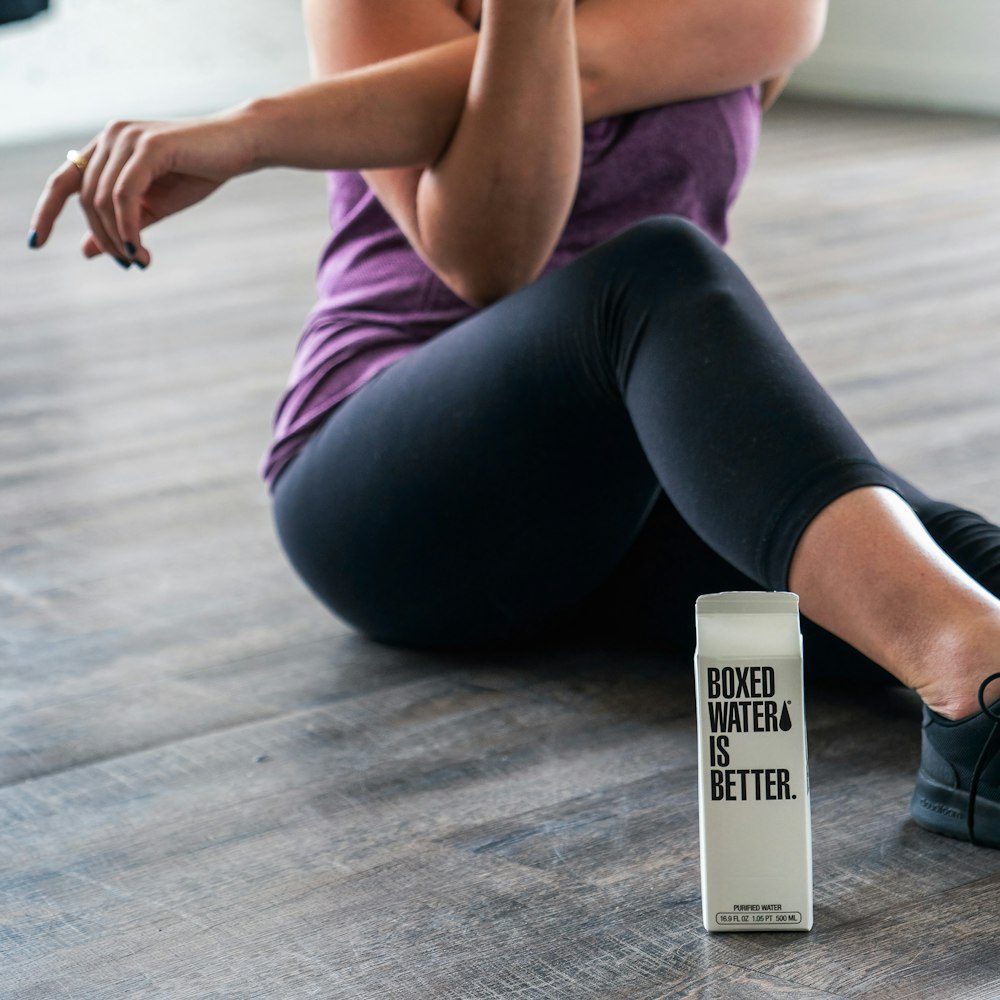目次
ストレッチングは何秒が良い?長すぎると問題?
理学療法士・作業療法士がストレッチングの指導を行うことは多いと思います.
皆様はどのくらいの時間持続的にストレッチを行うことが多いですか?
今回はストレッチの時間が長すぎると神経力学的に有害事象が生じる可能性を示唆する論文をご紹介させていただきます.

今回ご紹介する論文
Randomized Controlled Trial Eur J Phys Rehabil Med. 2021 Dec;57(6):931-939. doi: 10.23736/S1973-9087.21.06731-9. Epub 2021 May 18.
Optimal duration of stretching of the hamstring muscle group in older adults: a randomized controlled trial
Ibrahim M Moustafa 1, Amal Ahbouch 2, FaseelaPalakkottuparambil 3, Lori M Walton 4
Affiliations expand
PMID: 34002974 DOI: 10.23736/S1973-9087.21.06731-9
今回ご紹介する論文は2021年に掲載された論文です.
研究の背景
Background: “Flexibility” is defined as “the range of movement or motion of a single or multiple joints.” Its limits decline significantly with age, reaching maximum flexibility in the mid-to-late twenties for males and females, respectively. Conclusions regarding appropriate stretching time duration are mainly based on mechanical factors such as range of motion (ROM) and flexibility and tend to ignore the adverse neural mechanical tension that may be created during stretching exercises. It appears that longer-duration stretching increases flexibility for geriatric populations.
柔軟性とは「単一または複数の関節の可動域または運動量」と定義されます.
柔軟性は年齢とともに著しく低下し,男性・女性それぞれ20代半ばから後半に柔軟性が最大となります.
適切なストレッチ時間に関する報告は,主に関節可動域や柔軟性などの力学的要因に基づいており,ストレッチ運動中に生じる可能性のある有害な神経力学的張力が考慮されていない場合が多いです.
より長時間のストレッチングは,高齢者の柔軟性を高めると思われます.
研究の目的
Aim: To explore the effect of variable stretching intervals on neural function and ROM.
この研究ではストレッチングの持続時間が神経機能と関節可動域に及ぼす影響を明らかにすることを目的としております.
研究デザイン
Design: Double blind randomized controlled trial.
研究デザインは二重盲検無作為化比較試験となっております.
研究セッティング
Setting: University research laboratory.
この研究は大学の研究室で行われた研究です.
研究の対象
Population: One hundred participants, 60-65 years old, with a diagnosis of tight hamstring muscles, bilaterally, were randomly assigned to either a control group or one of three intervention groups.
対象は60~65歳の両側のハムストリングスにタイトネスを認めた100例となっております.
この100例を対照群または3つの介入群のうちのいずれかの群に無作為に割り付けております.
研究の方法
Methods: Participants who were randomly placed in one of the three intervention groups, were further randomized by selection of right or left limb for intervention. Intervention groups consisted of either 15-, 30-, or 60-s stretches to hamstring muscles; whereas the control group was given a sham stretch for 20 seconds. Main Outcome Measures included the neurophysiological outcome measures; peak to peak amplitude of somatosensory evoked potential for dermatomes L4, L5, and S1. Secondary outcome measures included knee ROM. All outcome measures were assessed before, immediately after, and 24 hours after the treatment session. Mixed linear model analysis was used to evaluate group, time, and group x time interaction effects for outcome measures.
3つの介入群のいずれかに無作為に割り付けられた対象者は,さらに介入を行う右肢または左肢の選択によって無作為化されております.
介入群ではハムストリングスに対して15秒,30秒,60秒のいずれかのストレッチを行い,対照群では20秒の偽ストレッチを行っております.
主なアウトカム指標は,神経生理学的アウトカム指標である体性感覚誘発電位の皮膚分節L4,L5,S1におけるpeak to peak振幅としております.
副次的評価項目は,膝関節可動域としております.
すべてのアウトカムは,治療セッションの前,直後,24時間後に評価が行われております.
混合線形モデル分析を用いて,結果指標に関する群,時間,群×時間の相互作用効果を評価しております.
研究の結果
Results: Stretching for 30 and 60 s gave significant increase in ROM compared to control (4.64 [95% CI: 3.35, 5.93]; P<0.01) (10.30 [95% CI: 9.01, 11.6]; P<0.01) and the improvement was persistent at 24-hours’ follow-up (P<0.01). However, the analysis showed significant reduction in dermatomal somatosensory evoked potentials’ amplitudes for L4 (-1.19 [95% CI: -1.35, 1.02]; P<0.01), L5 (-1.34 [95% CI: -1.56, -1.13]; P<0.01), S1 (-0.99 [95% CI: -1.16, -0.83]; P<0.01) after 60-s static hamstring muscle stretch. The reduction was persistent at 24-hours’ follow-up (P<0.01).
30秒および60秒のストレッチは,対照群と比較して関節可動域に有意な改善をもたらし(4.64 [95% CI: 3.35, 5.93]; P<0.01)(10.30 [95% CI: 9.01, 11.6]; P<0.01),改善は24時間のフォローアップで持続しておりました(P<0.01).
しかしながら60秒間のハムストリングの静的ストレッチ後,L4 (-1.19 [95% CI: -1.35, 1.02]; P<0.01), L5 (-1.34 [95% CI: -1.56, -1.13]; P<0.01), S1 (-0.99 [95% CI: -1.16, -0.83]; P<0.01) で皮膚体性感覚誘発電位の振幅に著しい減少がみられました.
この減少は24時間後のフォローアップでも持続しておりました(P<0.01).
研究の結論
Conclusions: Stretching hamstring for 30 seconds was optimal in increasing the knee range of motion and minimizing the negative effects on the neural function of the involved nerve roots. Thus, 60-second static hamstring muscle stretching, places increased stress and strain on the nervous system and should be avoided.
ハムストリングの30秒間のストレッチは,膝関節可動域の拡大に最適であり,関与する神経根の神経機能への悪影響も最小限に抑えることができると考えられます.
また60秒間のハムストリング筋の静的ストレッチは神経系へのストレスと負担を増大させるため避けるべきであると考えられます.
臨床的意義
Clinical rehabilitation impact: It is well established that stretching is an effective intervention to treat many neuromuscular and musculoskeletal problems. However, which exact parameters to follow during stretching procedures remains controversial. Our findings indicate that 60-s static stretching of hamstring at end ranges of motion, likely place increased stress and strain on the nerve roots and central nervous system, and should be avoided.
ストレッチが多くの神経筋や筋骨格系の問題を治療するために効果的な介入であることはよく知られています.
しかしストレッチングを行う際にどのような条件で行うべきかについては,依然として議論の余地があります.
今回の結果はハムストリングの60秒間の静的ストレッチングは,神経根と中枢神経系に大きなストレスと負担を与える可能性があり,避けるべきものであることを示しております.
今回はストレッチの時間が長すぎると神経力学的に有害事象が生じる可能性を示唆する論文をご紹介させていただきました.
この結果から考えるとハムストリングスに関しては30秒が適切ということになりそうですね.
あくまでハムストリングスに対する結果ということになりますがストレッチを行う際には可動域や柔軟性といった力学的要因のみならず神経力学的な有害事象についても考慮する必要があるという結果ですね.






